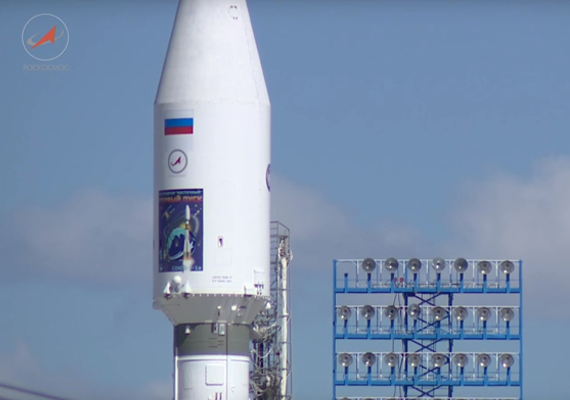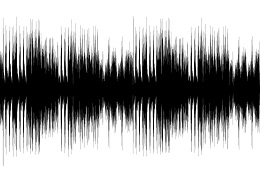
During the night from the 28 to 29 April at the new Russian cosmodrome Vostochny, the launching of the Ultra-Fast Flash Observatory Spatial Telescope (UFFO) took place; it will study gamma-ray outbursts -very brief phenomenon which constitute the most extreme explosions at the universe.
29 april 2016
The Universitat de València has collaborated in this project with the development of the software, the coded mask and the mechanics of this spatial telescope. The works have been carried out at the Lab for Image Processing (LPI-Parc Científic) and in the company Trinos Vacuum Projects (Paterna).
UFFO is the result of an international collaboration lead by Korea which includes other countries such as Russia, Spain, Taiwan and Denmark. The Spanish participation has been managed from the Andalusian Institute of Astrophysics (IAA-CSIC) and from the Universitat de València (UV) which has developed the UBAT flying hardware.
The spatial telescope is part of the Lomonosov satellite’s cargo whose launching is the first on done from the new Vostochny cosmodrome, close to the Kamchtka peninsula.
UFFO/Lomonosov is a fast follow-up telescope which will detect the emission of X rays, visible and ultraviolet light associated to the first stages of cosmic bursts of gamma rays (known as GRBs); this will open up a new horizon in the study and understanding of the extreme and early Universe.
The UFFO telescope willscrutinize the space from a 490 km height, after a three month initial period for testing and calibration. “It has been a titanic effort which has required the collaboration of many institutions in order to complete it in half of the time (5 years) needed for big spatial agencies, whose developmental periods usually last around ten years”, stated Professor Víctor Reglero, researcher of the Universitat de València.
“The coordination with Soomin Jeong (project manager), who has been with us in Granada for the last three years, has been key. Now, it is the time to reap the benefits: capturing GRBs’ first lights is a longing for all researchers in the field and it will become real very soon” stated Professor Alberto J. Castro-Tirado, researcher at the Andalusian Institute of Astrophysics who participates in the project.
More information:
Lomonosov: http://lomonosov.sinp.msu.ru/en/
Vostochny: http://vostokdrom.ru/
Roscosmos online TV: http://www.tvroscosmos.ru/5129/ y http://www.tvroscosmos.ru/5323/











